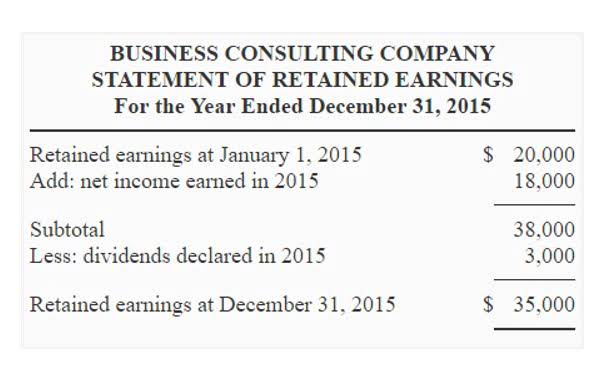
Each practice’s profile will be different, but these numbers will reflect what’s going on in your business and help you see where you can grow. If you’re thinking about starting your own practice or have questions that need answers, get in touch with us today. It’s a free service with no obligations, regardless of what stage you’re at on your practice ownership journey.
How much can a vet clinic make in revenue?

An easy way to protect both your furry family member and your wallet is by purchasing pet insurance, which ranges from $30 to $70 per month per dog and $15 to $40 per month per cat. There are also insurance plans available if you have multiple pets. The most common benefits offered are health insurance, 401(k), and dental insurance, but there are even simple benefits such as offering flexible scheduling or an education assistance program.
- It’s not a trick—there is one more “bucket” that collects the remaining 12 cents, and that’s profit.
- It can be quite challenging for practice managers and owners to control these costs.
- Take a quick look through all your transactions to ensure they’re sorted correctly.
- Businesses like yours need products that work for you and keep you profitable.
- This is in our own interests (our jobs!), and in the interests of the patients and clients we look after.
- No one likes this approach, but team members realize it’s a better option than failing to make payroll.
Inventory management
Nearly 28% of overall spending went toward veterinarian care and product sales. Could continuing education for your staff expand their skill set and increase flexibility? By offering additional education or incentivizing employees to earn additional certifications, there is the potential to offer your customers extra services which can help your bottom line. As 2021 has proven, if fees are increased to align with the market, it bypasses overhead and falls right to the bottom line, which then increases your profitability.
Answers to the Quiz: Equine Practice Benchmarks for Expense Categories
- Nate is a Senior Manager at SVA Certified Public Accountants focusing on the healthcare, dental, and veterinary industries.
- It’s a free service with no obligations, regardless of what stage you’re at on your practice ownership journey.
- Are you in the know on the latest business trends, tips, strategies, and tax implications?
- While your profit and loss statement might show that you made good profits, this statement will show you how much of that profit went to pay equipment loans or went home with you in distributions or draws.
- Reflect on these questions and then set 3 goals/metrics to achieve in 2022.
- We can calculate the exam cost since we determined your overhead and the DVM and technician labor costs per minute.
But to maximize the options you define, establishing key performance indicators (KPIs) is an essential next step. Knowing when suppliers need to be paid and ensuring your clients settle their accounts on time is everyone’s responsibility and is important for your practice’s success. Each of these cost headings forms a percentage of the practices income and they are called cost ratios. So more specifically, each will be known as staff cost ratio, stock cost ratio and overheads cost ratio. As each practice is different and of different size, it doesn’t matter how much a practice spends on stock, only how much it spends as a ratio (percentage) of its income.


Based on those figures, the wellness exam price should be $80, providing $16 in profit. You can also compare your KPIs from one period bookkeeping for veterinarians of time to another. For example, how does your revenue growth at this point in 2020 compare with the same date last year?
Most of the fixed costs that we discussed in the first section are also ongoing current cash out-flows – they have to be paid for in the month that the cost is registered. Cash flow is the amount that your practice actually collects (cash) in excess of what it pays out. This is often different from revenue and expenditure and its effect is very different in some practices compared to others. Get these data and more delivered right to your email inbox when you sign up for AVMA Practice Pulse, a monthly email newsletter with practice trends and practical tips delivered right to your inbox. Each issue includes business-bolstering insights from experts as well as the Veterinary Industry Tracker. This new tool turns your P&L statement into a powerful source of insight and awareness that can drive increased efficiency and innovation—get started with the P&L calculator.
- Our team is available to assist you with accounts, transfers, debit cards, online banking, and more.
- Financially savvy owners and managers of veterinary practices understand the important role that KPIs play in running a financially healthy practice.
- Profit is the lifeblood of any business and essential for practices to thrive and grow.
- The managers look at our revenue history and average hourly wage to forecast how many hours they can spend on their weekly schedules.
- Cutting costs at your veterinary practice can feel overwhelming.
- Examples of fixed costs would include rent for the practice premises, business rates (a tax on the practice premises), practice buildings and professional insurance and bank loans for the purchase of equipment.
You will probably find that it will be easier to get a loan to buy an existing, profitable vet clinic than it would be to borrow the same amount in order to start your own clinic. By acquiring an existing business you are reducing much of the risk. You already have customers, a location that works, a staff and a brand. We put together a detailed guide on how to finance a business acquisition that will walk you through key things to consider and point out a number of great options. The cost to acquire an existing veterinarian practice will likely be around 5x EBITDA.

